1. Studebaker: The Wagon Maker That Became a Car Pioneer
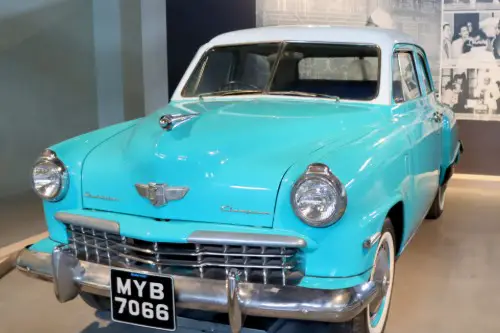
Studebaker started as a wagon manufacturer in the mid-19th century, supplying vehicles to pioneers heading westward and even to the Union Army during the Civil War, the Studebaker Museum shares. This deep-rooted history in transportation made its transition to automobiles feel almost natural. By the early 20th century, Studebaker was producing innovative vehicles, including the iconic Studebaker President, which became synonymous with luxury and performance in its time. Their marketing campaigns often touted quality, with slogans like “Built to Last,” and they earned a reputation for reliable engineering.
The post-World War II years were particularly significant for Studebaker. It introduced sleek, aerodynamic designs that stood out in a market saturated with boxy competitors. Models like the bullet-nose Champion became instantly recognizable. Despite its innovation and strong fan base, the company struggled to compete with the Big Three automakers (Ford, GM, Chrysler) and eventually shut down in the 1960s. But its influence persists, especially among classic car enthusiasts.
2. Packard: A Symbol of American Luxury
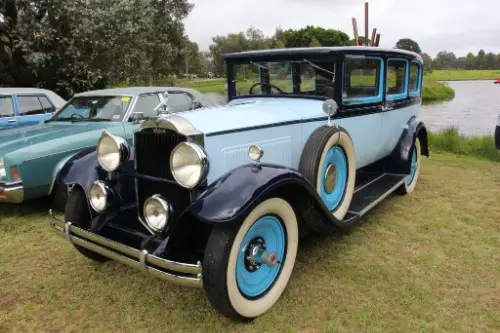
If you wanted to turn heads in the early 20th century, you drove a Packard. Founded in 1899, Packard quickly gained a reputation for producing high-end luxury vehicles that rivaled Rolls-Royce, according to New York Heritage. The Packard slogan, “Ask the man who owns one,” emphasized customer satisfaction and word-of-mouth recommendations over flashy advertising. These cars were meticulously crafted, featuring powerful engines and lavish interiors.
Packard’s downfall came from its inability to adapt to changing markets after World War II. It merged with Studebaker in 1954, hoping to pool resources, but the partnership failed to revive either brand. By 1958, Packard was gone. Still, its vehicles remain celebrated as engineering marvels that set the standard for American luxury during their heyday.
3. AMC (American Motors Corporation): The Underdog Innovator
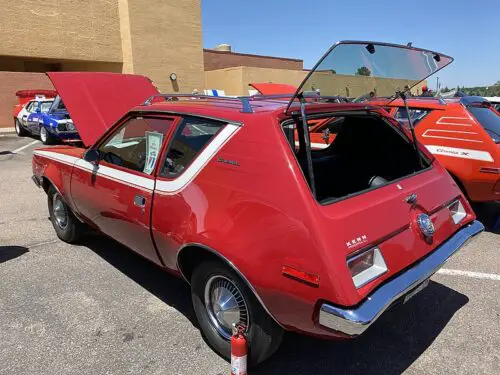
AMC was born from a 1954 merger between Nash-Kelvinator and Hudson, two struggling car companies, Hour Detroit explains. This new entity faced an uphill battle against larger automakers, but it turned its small size into an advantage. AMC was agile and focused on niche markets, producing compact cars like the Rambler that appealed to budget-conscious buyers. The Rambler was even named Motor Trend’s “Car of the Year” in 1963, cementing AMC’s reputation as an innovator.
AMC’s daring spirit was most evident in the 1970s when it released the Gremlin, Pacer, and Jeep CJ. While some of these models were polarizing (the Pacer’s quirky design earned it a “bubble car” reputation), AMC’s risk-taking paved the way for creativity in car design. The brand was eventually acquired by Chrysler in 1987, but its contributions to compact car innovation and off-road vehicles remain undeniable.
4. DeSoto: Chrysler’s Mid-Level Star
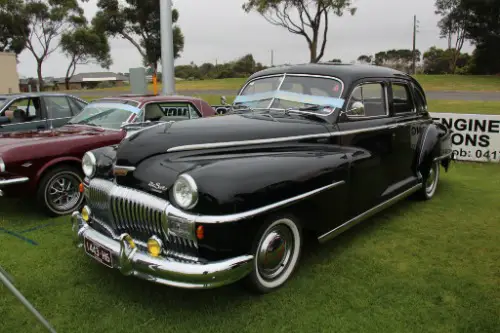
Launched by Chrysler in 1928, DeSoto was positioned as a mid-range brand for buyers who wanted something more refined than a Dodge but not as pricey as a Chrysler, according to the MotorCities National Heritage Area. Named after Spanish explorer Hernando de Soto, the brand reflected America’s fascination with exploration and progress. Its cars featured distinctive grilles, innovative engineering, and a touch of class without breaking the bank.
DeSoto thrived during the 1930s and 1940s, but by the 1950s, its market position became precarious. Internal competition from Plymouth and Chrysler models squeezed DeSoto out, and by 1961, it was discontinued. Despite its relatively short lifespan, DeSoto left behind some truly stunning vehicles, like the DeSoto Adventurer, a car that embodied mid-century American design and engineering.
5. Hudson: Ahead of Its Time
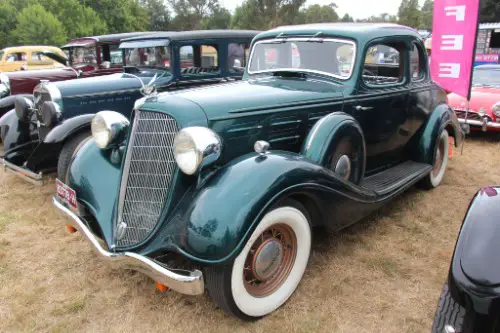
Hudson was a small company with big ideas, the Detroit Historical Society reports. Founded in 1909, it made headlines for introducing the “Super Six” engine in 1916, which was more powerful and efficient than its competitors. Hudson was also one of the first automakers to offer a fully enclosed passenger cabin, a game-changer in an era when most cars were open to the elements.
The 1948 Hudson Hornet, with its revolutionary “step-down” design, is perhaps the company’s most famous model. This innovative construction lowered the center of gravity, improving handling and safety—concepts decades ahead of their time. Despite its innovations, Hudson couldn’t keep up with the massive scale of the Big Three and merged with Nash to form AMC in 1954. Still, Hudson’s legacy lives on in modern car design and racing lore.
6. Nash: The Compact Car Pioneer
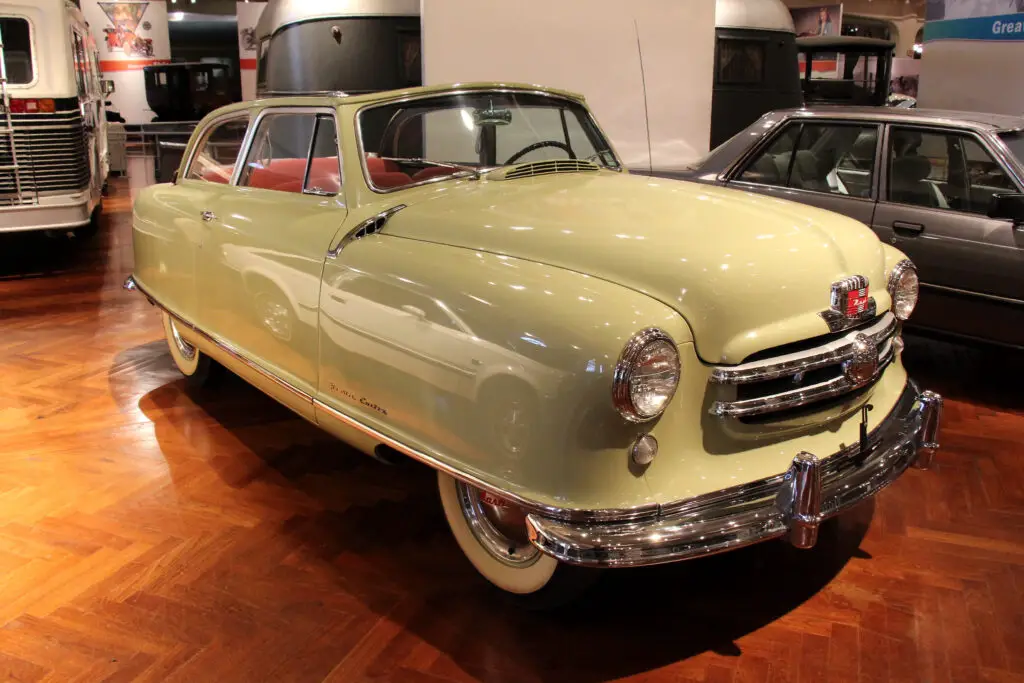
Nash Motors is another name that often gets overlooked in American automotive history. Founded in 1916, Nash was one of the first companies to produce affordable, mass-market vehicles with advanced features like in-car heating and air conditioning. The Nash 600, introduced in 1941, was the first car in America to feature a unibody construction, which made it lighter and more fuel-efficient.
Nash also led the way in compact cars during the 1950s with models like the Nash Rambler. As a response to rising fuel prices and changing consumer needs, these cars offered practicality and efficiency without sacrificing style. Nash merged with Hudson to form AMC, but its contributions to automotive innovation remain significant, especially as modern manufacturers revisit compact car concepts.
7. Kaiser-Frazer: Post-War Dreamers
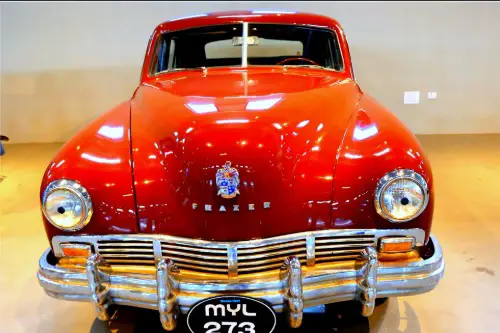
Kaiser-Frazer emerged after World War II, when the demand for civilian vehicles was booming. Founded by industrialist Henry J. Kaiser and auto executive Joseph Frazer, the company sought to revolutionize the industry with fresh designs and modern production techniques. The Kaiser Manhattan and Frazer Standard were well-built cars that earned a loyal following for their reliability and style.
Despite their early success, Kaiser-Frazer struggled to compete with the larger automakers. They introduced the first mass-produced car with seatbelts in 1950, showcasing their focus on safety years before it became standard. But by the mid-1950s, the company exited the U.S. market, pivoting to Jeep production. While short-lived, Kaiser-Frazer demonstrated the potential for post-war innovation.
8. Tucker: The Car of the Future
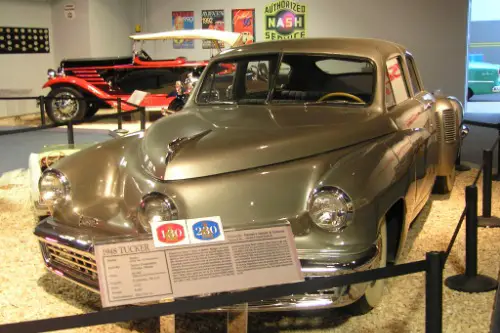
Preston Tucker’s dream was to create a car that was decades ahead of its time. In 1948, he unveiled the Tucker 48, also known as the “Torpedo.” This car featured groundbreaking innovations like a rear-mounted engine, disc brakes, and a shatterproof windshield that popped out in a collision. Its safety features were revolutionary, yet the industry was not ready for such a disruptive newcomer.
Tucker’s ambitious plans were cut short after only 51 cars were built. Legal and financial troubles, along with resistance from established automakers, forced the company to close. Today, the Tucker 48 is a symbol of what could have been—a reminder of how bold ideas sometimes struggle against entrenched systems.
9. Pierce-Arrow: The Epitome of Elegance
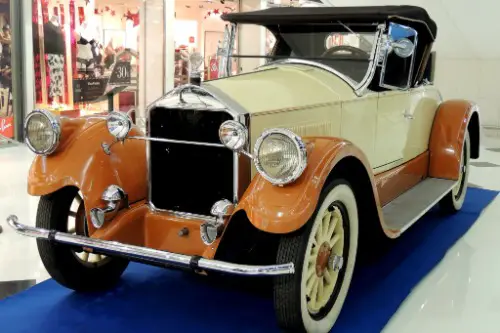
Pierce-Arrow was synonymous with luxury and craftsmanship during the early 20th century. Based in Buffalo, New York, the company catered to the elite, producing hand-built cars with powerful engines and opulent interiors. Pierce-Arrow cars were often used by royalty, celebrities, and even U.S. presidents, making them a status symbol of the era.
Unfortunately, the Great Depression decimated demand for ultra-luxury vehicles, and Pierce-Arrow couldn’t adapt to the changing economic landscape. The company ceased operations in 1938, but its cars remain highly collectible, serving as a testament to an era when automobiles were works of art.
10. Cord: Front-Wheel Drive Pioneer
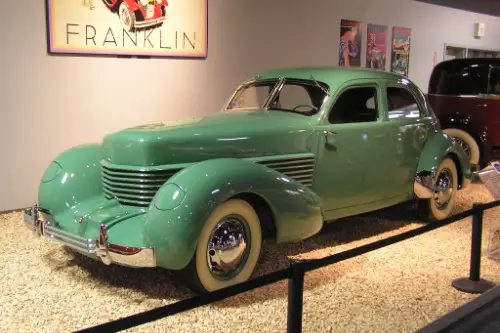
Cord was an innovative brand that dared to challenge the norm. Founded in 1929, it introduced the first American front-wheel-drive car, the L-29, which offered better handling and performance. The Cord 810/812 series, with its hidden headlights and streamlined body, became an icon of Art Deco design.
Despite its groundbreaking technology, Cord struggled financially and ceased production in 1937. Its influence, however, can be seen in modern car design and engineering. The front-wheel-drive layout that Cord popularized has become a standard feature in many vehicles today.
11. Oldsmobile: The Futurist’s Favorite
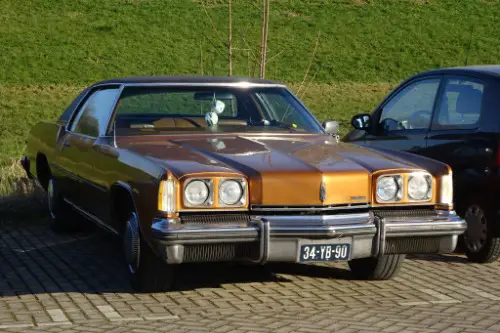
As one of America’s oldest car brands, Oldsmobile had a knack for innovation. Founded in 1897, it introduced the assembly line before Henry Ford made it famous. The 1901 Curved Dash was the first mass-produced car, making automobiles accessible to the average American. Later models, like the Rocket 88, became cultural icons, blending performance and style.
Oldsmobile’s decline came from its struggle to maintain a distinct identity within General Motors’ sprawling lineup. It was discontinued in 2004, but its impact on automotive history, particularly in mass production and engine performance, is undeniable.
12. Plymouth: The People’s Car
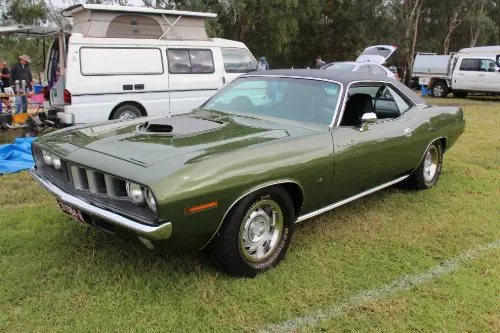
Plymouth was Chrysler’s answer to Ford and Chevrolet, offering affordable yet stylish vehicles for the everyday buyer. Launched in 1928, Plymouth quickly gained popularity with features like hydraulic brakes, which were rare in budget cars at the time. Models like the Plymouth Fury even became pop culture icons, immortalized in films and music.
Despite its initial success, Plymouth faced declining sales in the 1990s and was phased out in 2001. However, it remains an important chapter in American automotive history, demonstrating how innovation and accessibility can drive success.


